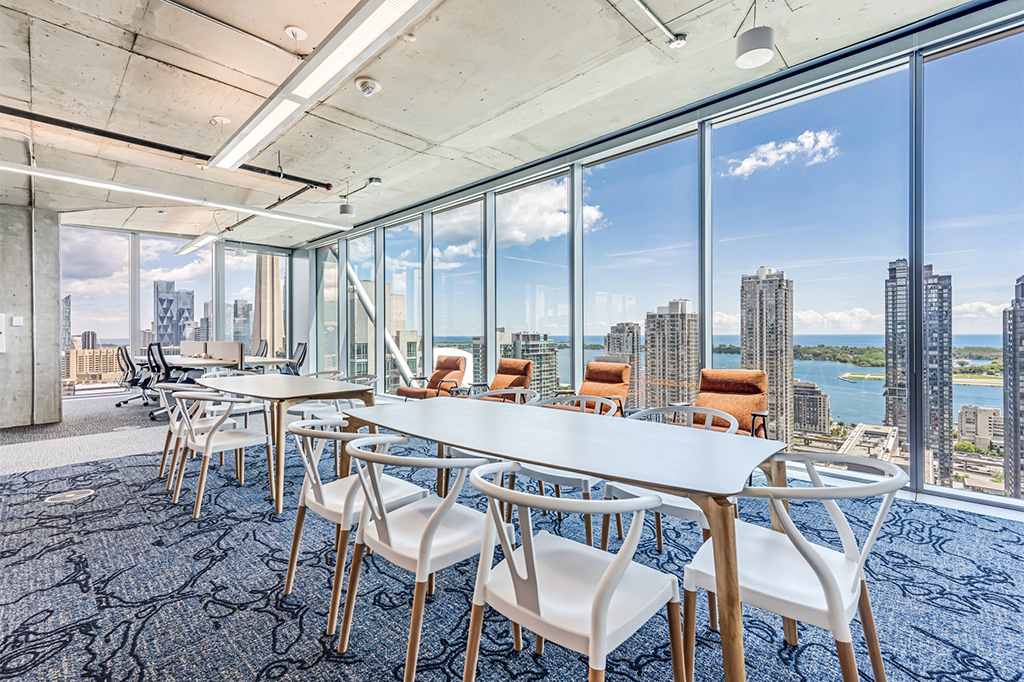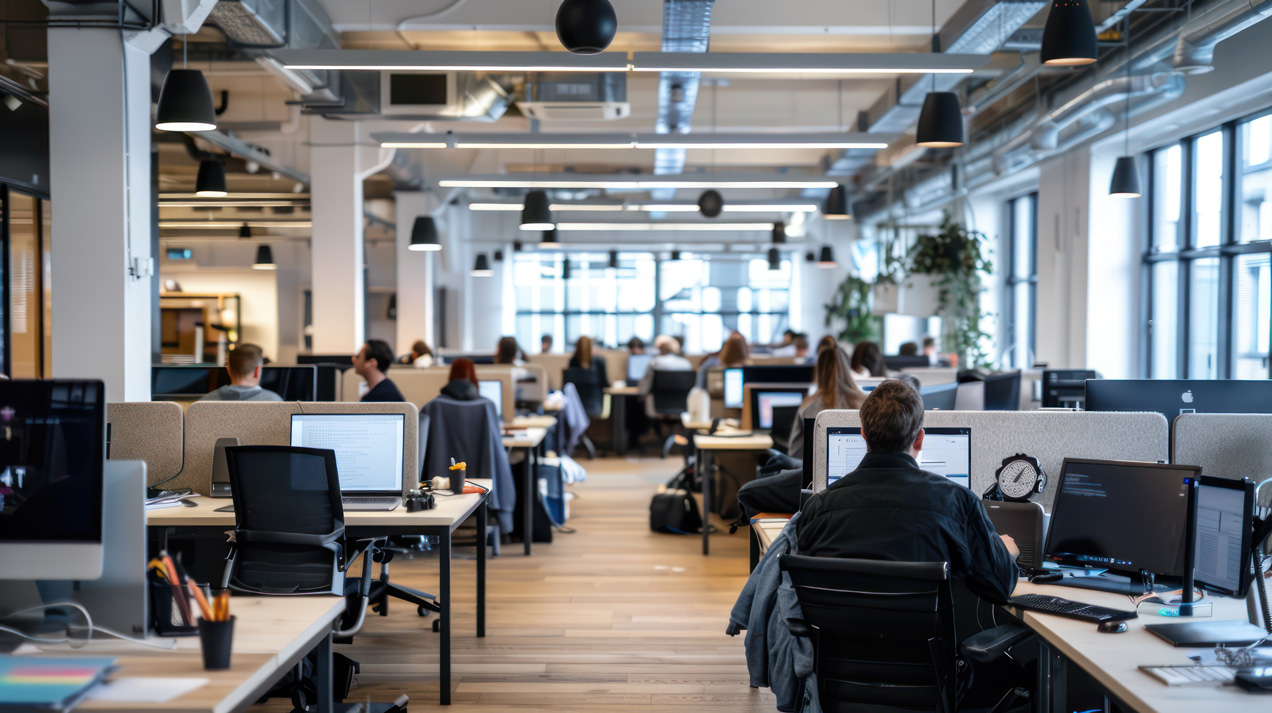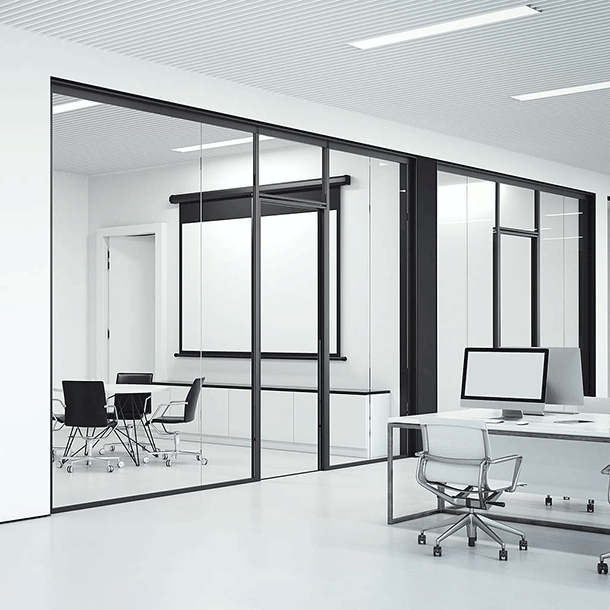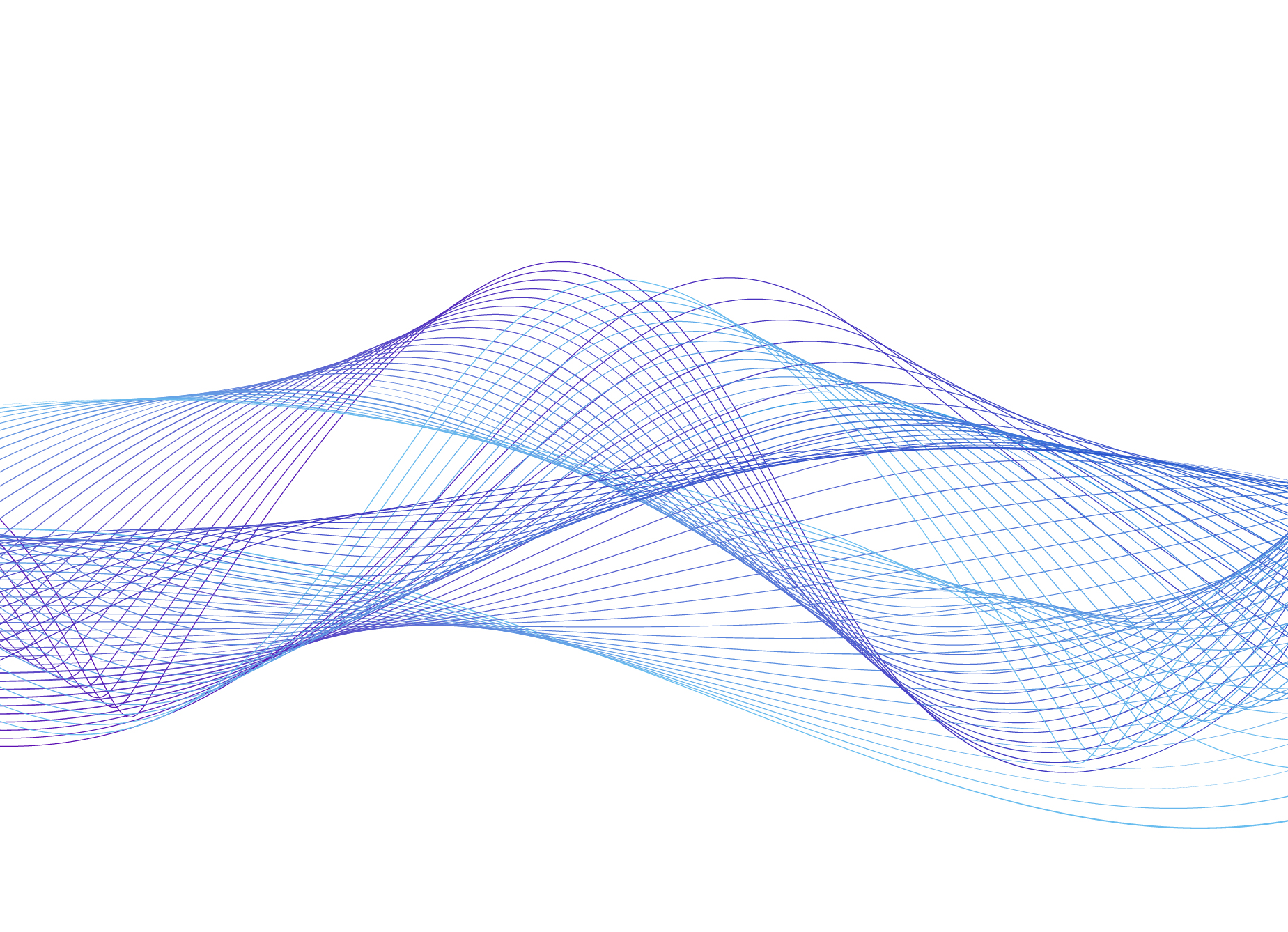Office productivity is no longer just about time management—it’s about creating an environment that fosters efficiency, focus, and well-being.
Studies show that workplace distractions can significantly impact performance. According to Harvard Business Review, employees in open offices experience a 15% drop in productivity due to noise and interruptions, with workers taking an average of 23 minutes to refocus after being distracted. With advancements in workplace technology, ergonomic furniture, and innovative space design, businesses can significantly enhance employee performance. Here’s how you can optimize your office space for maximum productivity.
1. Leveraging Technology for Efficiency
Technology plays a crucial role in modern workplaces, streamlining tasks and minimizing distractions. Some of the most effective tools include:
- Collaboration Platforms: Apps like Slack, Microsoft Teams, and Asana help teams communicate seamlessly and manage projects effectively.
- Automation Software: Tools such as Zapier and Monday.com reduce repetitive tasks, allowing employees to focus on higher-value work.
- Smart Office Systems: IoT-integrated lighting, climate control, active sound control, and automated scheduling tools enhance comfort and productivity.
2. Choosing the Right Office Furniture
Investing in ergonomic and flexible furniture is essential for employee well-being and productivity. Key elements to consider:
- Adjustable Sit-Stand Desks: Encouraging movement throughout the day improves circulation and reduces fatigue.
- Ergonomic Chairs: Chairs with lumbar support, adjustable armrests, and breathable materials promote better posture and comfort.
- Modular Workstations: These allow for easy reconfiguration, supporting both collaborative and individual work needs.
- Breakout Spaces: Comfortable lounge seating or focus pods provide employees with alternative work areas.

3. Optimizing Office Space Design
The layout of an office has a direct impact on workflow and employee satisfaction. Implement these strategies:
- Activity-Based Workspaces: Designated zones for collaboration, quiet work, and meetings cater to diverse work styles.
- Biophilic Design: Incorporating natural elements like plants, wood textures, and natural light improves mental well-being and reduces stress.
- Flexible Layouts: Movable partitions and multifunctional furniture create adaptable spaces for various tasks.
- Acoustic Considerations: Sound management solutions reduce distractions and enhance concentration.
4. Sound Masking in Productivity
One of the most overlooked factors in office productivity is noise control. Excessive background noise or conversations can lead to decreased focus and increased stress. Sound masking is a highly effective solution that improves speech privacy and reduces noise distractions by adding a consistent, unobtrusive background sound.
Benefits of Sound Masking:
- Active Volume Control: Sound masking systems can automatically adjust levels based on office occupancy, ensuring optimal coverage in both busy and quiet spaces.
- Increased Focus: Employees concentrate better when speech distractions are minimized.
- Enhanced Speech Privacy: Prevents confidential conversations from being overheard, ensuring workplace discretion.
- Reduced Stress Levels: A balanced acoustic environment fosters a calmer, more productive office atmosphere.
- Boosted Productivity: Studies confirm that effective sound masking solutions can increase productivity by 10% to 15%.
Creating a productive office space requires a combination of cutting-edge technology, ergonomic furniture, strategic design, and effective noise management. By integrating tools like smart office systems, ergonomic setups, and sound masking technology, companies can cultivate an environment that enhances focus, efficiency, and overall employee satisfaction.




